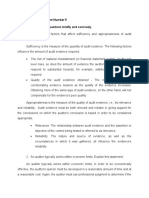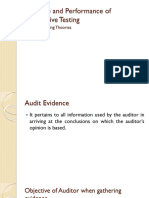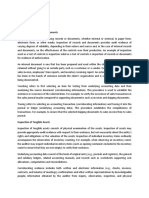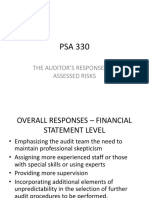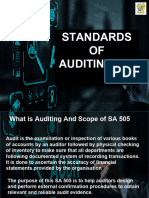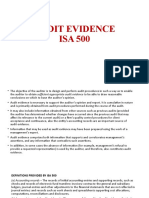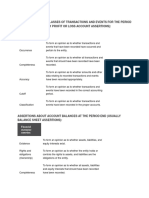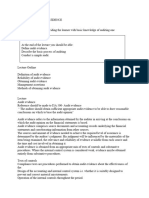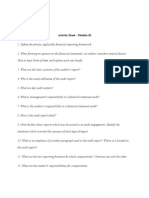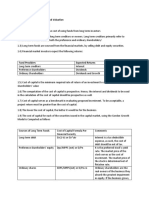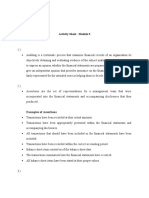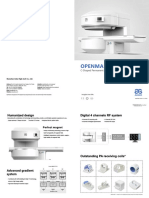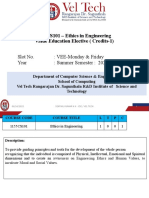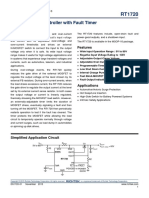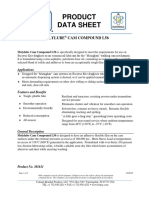0% found this document useful (0 votes)
104 views10 pagesActivity Sheet - Module 7
Audit evidence is information used by the auditor to arrive at conclusions to support the audit opinion. It includes information from audit procedures that supports or contradicts management's assertions. The sufficiency and appropriateness of audit evidence is affected by factors like risk of misstatement and reliability. Auditors work within economic limits by ensuring audit evidence is obtained cost-effectively. Reliability of evidence increases when it is obtained directly by the auditor from independent sources in reliable formats. The relationship between assertions, audit objectives, and evidence is that auditors must obtain sufficient evidence to support all of management's assertions.
Uploaded by
Chris JacksonCopyright
© © All Rights Reserved
We take content rights seriously. If you suspect this is your content, claim it here.
Available Formats
Download as DOCX, PDF, TXT or read online on Scribd
0% found this document useful (0 votes)
104 views10 pagesActivity Sheet - Module 7
Audit evidence is information used by the auditor to arrive at conclusions to support the audit opinion. It includes information from audit procedures that supports or contradicts management's assertions. The sufficiency and appropriateness of audit evidence is affected by factors like risk of misstatement and reliability. Auditors work within economic limits by ensuring audit evidence is obtained cost-effectively. Reliability of evidence increases when it is obtained directly by the auditor from independent sources in reliable formats. The relationship between assertions, audit objectives, and evidence is that auditors must obtain sufficient evidence to support all of management's assertions.
Uploaded by
Chris JacksonCopyright
© © All Rights Reserved
We take content rights seriously. If you suspect this is your content, claim it here.
Available Formats
Download as DOCX, PDF, TXT or read online on Scribd
/ 10


